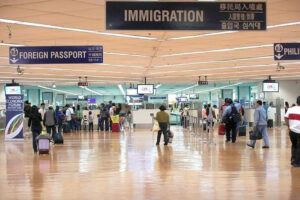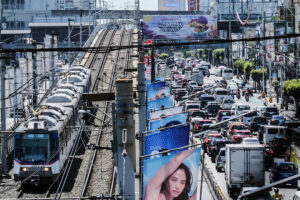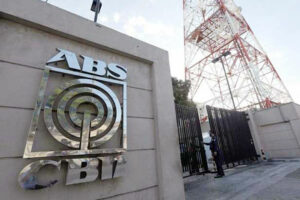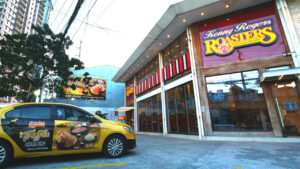PHL tourism’s carbon emissions jump amid travel resurgence

The Philippine tourism industry saw a substantial 75% increase in carbon dioxide (CO2) emissions from petroleum and electricity usage in 2022, coinciding with the post-pandemic resurgence of travel activities.
Preliminary data from the Philippine Statistics Agency (PSA) showed that CO2 emissions from petroleum and electricity usage reached 6,840.07 gigagrams (Gg) of CO2 in the past year, marking a 75% surge from the 3,907.80 Gg recorded in 2021.
In terms of the country’s total CO2 emissions arising from petroleum and electricity use, the tourism industry’s share for 2022 stood at 11.4%, surpassing the 6.2% recorded in 2021.
Experts have noted the far-reaching consequences of increasing carbon emissions on the environment, climate, and society.
This year, the Tourism department targets international tourist arrivals of 4.8 million. The country has logged over three million international visitors as of July 19, a development Tourism Secretary Maria Esperanza Christina G. Frasco attributed to the government’s efforts in revitalizing the tourism industry.
The Philippines had previously committed to a 75% reduction in greenhouse gas (GHG) emissions by 2030, with approximately 72.29% of this target contingent on support from developed countries in terms of climate finance, technologies, and capacity development. The remainder of the target is slated for implementation through domestic resources.
By sector, transportation services made up 3,868.40 Gg, or more than half of the sector’s total CO2 emissions. However, this is still lower than the 21,370.46 CO2 emissions in 2019 or before the coronavirus pandemic.
This was followed by accommodation services for visitors (1,532.66 Gg), travel agencies, and other reservation services (787.73 Gg), food and beverage services (433.98 Gg), and entertainment and creation services (217.30 Gg).
The International Transport Forum, a policy think tank for all modes of transport, has said that countries need a combination of complementary policies that successfully avoid unnecessary transport activities, shift more trips from fuel-burning to no-carbon transport, and improve the efficiency of transport generally.
Meanwhile, the tourism industry’s water consumption rose by 115% to 286.84 million cubic meters (cu.m.) in 2022, from 133.44 million cu.m. in 2021.
The tourism industry’s share in total Philippine water consumption stood at 5.4%, the highest in three months or the 17.6% share in 2019.
Hotels, resorts, and other tourist accommodations had the highest water consumption at 211.44 million cu.m., representing 73.7% of total tourism water consumption. However, this was way below the 557.72 water consumption in 2019 or before the COVID-19 pandemic.
This was followed by food and beverage services (18.4%), transport services (3.5%), entertainment and creation services (3.2%), travel agencies, and other reservation services (1.1%).
Also, the tourism industry’s energy consumption grew by 84.5% year on year to 5678.86 kilotons of oil equivalent (KTOE) in 2022.
Tourist accommodations accounted for the highest energy consumption in 2022, with 2,466.29 KTOE or 43.4% of the total energy consumption.
Oikonomia Advisory & Research, Inc. President and Chief Economist John Paolo R. Rivera said in an email that the growth in these sectors is due to the resumption of tourism activities to pre-pandemic levels.
“The increased activities driven by revenge travel and the natural inclination of people to travel. The promos on travel, airfare, accommodation help in boosting this increase,” said Mr. Rivera.
“This will continue and may exceed pre pandemic levels as destinations open. This is just slowed down by high fuel prices that hamper further travel,” added Mr. Rivera
In 2022, the tourism sector’s direct gross value-added to the economy as measured by the gross domestic product was estimated at 6.2%, a notch higher than 2021’s 5.2%. — Lourdes O. Pilar




